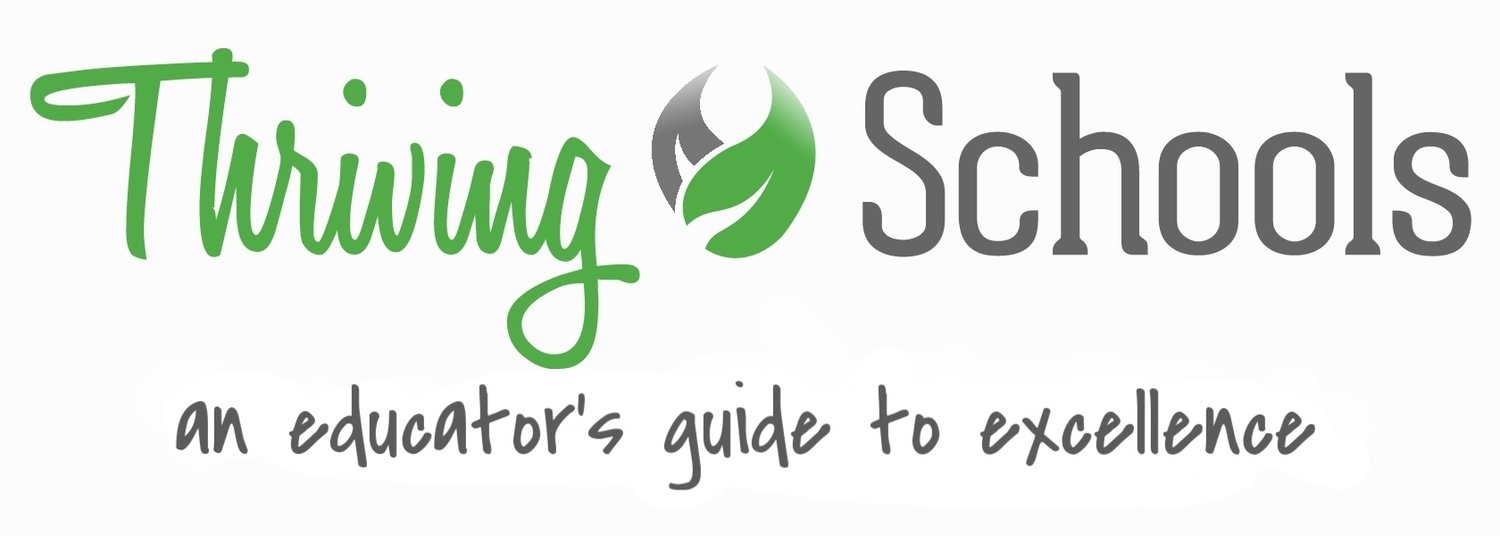How to think about class size
/What’s the best class size?
When policymakers argue about limiting class size, one of the most-cited pieces of research they mention is the STAR (Student Teacher Achievement Ratio) study from Tennessee, compiled some 30 years ago. In the study, both teachers and students were randomly assigned into either a small class (which on average had 15 students) or a normal class (which on average had 22 students). The reduction in class size was found to improve student achievement by about 3 months of added school.
But don’t just stop there.
There’s also plenty of research to suggest that class size isn’t all that important in influencing student outcomes. For instance, according to follow-up research conducted on the STAR data cited above, it was found that increases in the number of new and uncertified teachers (hired in order to make smaller classes possible) offset much of the growth gained by the students placed in the “smaller” classes. “In other words, students who ended up in the classrooms of [new teachers] suffered academically from the teacher’s inexperience by almost the same amount as they would benefit from being in a smaller class.”
In addition, there is a significant body of research on several East-Asian countries that produce better academic results than we do in the US. And they’re able to do it with much larger class sizes.
If you spend enough time with the research, you’ll definitely end up with more questions than answers. For instance, to what extent is the “small class sizes are good” result obscured by affluent schools that are more likely to have reduced class sizes? How do we account for confounding variables like increased family engagement or healthier support networks when comparing schools of varying affluence? Or we could examine schools that keep class sizes small in order to manage behavior more easily. In these cases, would you attribute improvement in student outcomes to smaller classes or the existence or a coordinated behavioral system?
Based on our findings, the research is most supportive of small class sizes in a few areas: 1) elementary-age students, 2) students from disadvantaged neighborhoods, 3) classes assigned to inexperienced teachers, and 4) students performing far below grade level.
But this still doesn’t mean there’s a one-size-fits-all solution. Let’s explore a framework that actually helps us think about the problem in a practical manner.
If money was no concern at all, every student would have a team of world-class tutors at their disposal. But therein lies the problem – constrained environments require tradeoffs. According to research by Matt Chingos and Russ Whitehurst, “When school finances are limited, the cost-benefit test any educational policy must pass is not ‘Does this policy have any positive effect?’ but rather ‘Is this policy the most productive use of these educational dollars?’” In other words, decisions on class size cannot be made in isolation. We must consider them alongside several other factors for improving student outcomes – teacher quality, salaries, incentives, the selection of curriculum, implementing quality early-childhood programming, or investing in educational technology.
So, what does the research say about prioritizing the alternatives?
Turns out, not that much. It’s very difficult to study. However, we do know a few things about the tradeoffs. “By one estimate, an increase in average class size by 5 students would result in an across the board increase of 34% in teacher salaries if all the savings were devoted to that purpose.” Obviously, the exact figure will vary on a school by school basis. And you know that STAR study we’ve mentioned a few times? Well, it supports the conclusion that teacher quality is more important for student outcomes than small class sizes.
Given the muddied nature of research on this topic, what is a school leader to do?
First of all, remind yourself that you’re not a national policymaker. Your most important consideration should be getting the decision right for your school! Legislative policy recommendations are too far removed from the realities of any particular school to be of value. Next, we suggest that you don’t need research as much as you need vision. The kind that comes from your own eyes. And from looking into your own classrooms.
Try this thought experiment out.
Think about the best teacher at your school. Imagine 30 students seated in their class. Or 40. Now picture one of your average teachers. And walking into a classroom where they only had 15 students. Ask yourself – which class would you put your own kid in? How long did it take you to answer? And did you even hesitate? We don’t either. And that’s how you make better decisions about class size. It’s just another case of quality being more important than quantity.
Yes, this line of thinking will require tradeoffs to make things work (that’s what we explore on this blog). But that’s the only way to successfully navigate a resource-constrained system.
Research Links:
http://nepc.colorado.edu/files/pb_-_class_size.pdf
http://www.brookings.edu/research/papers/2011/05/11-class-size-whitehurst-chingos

